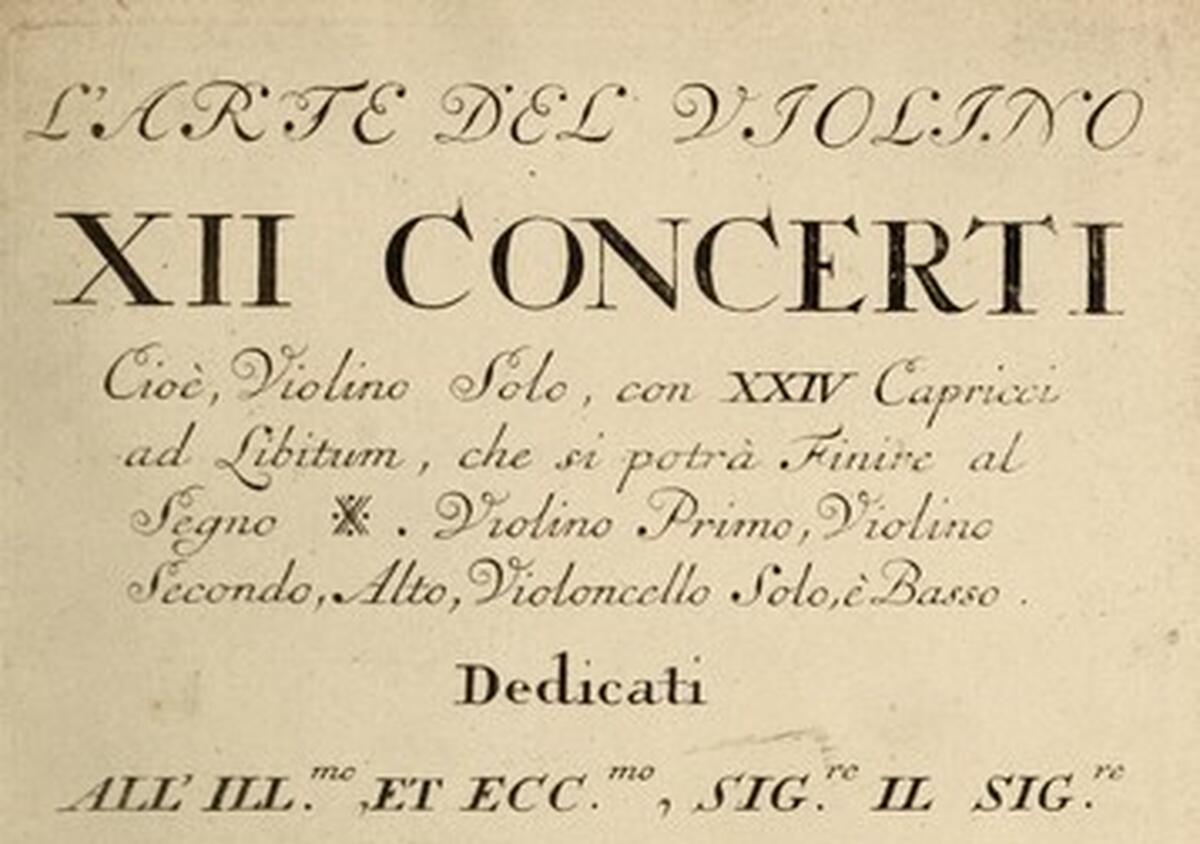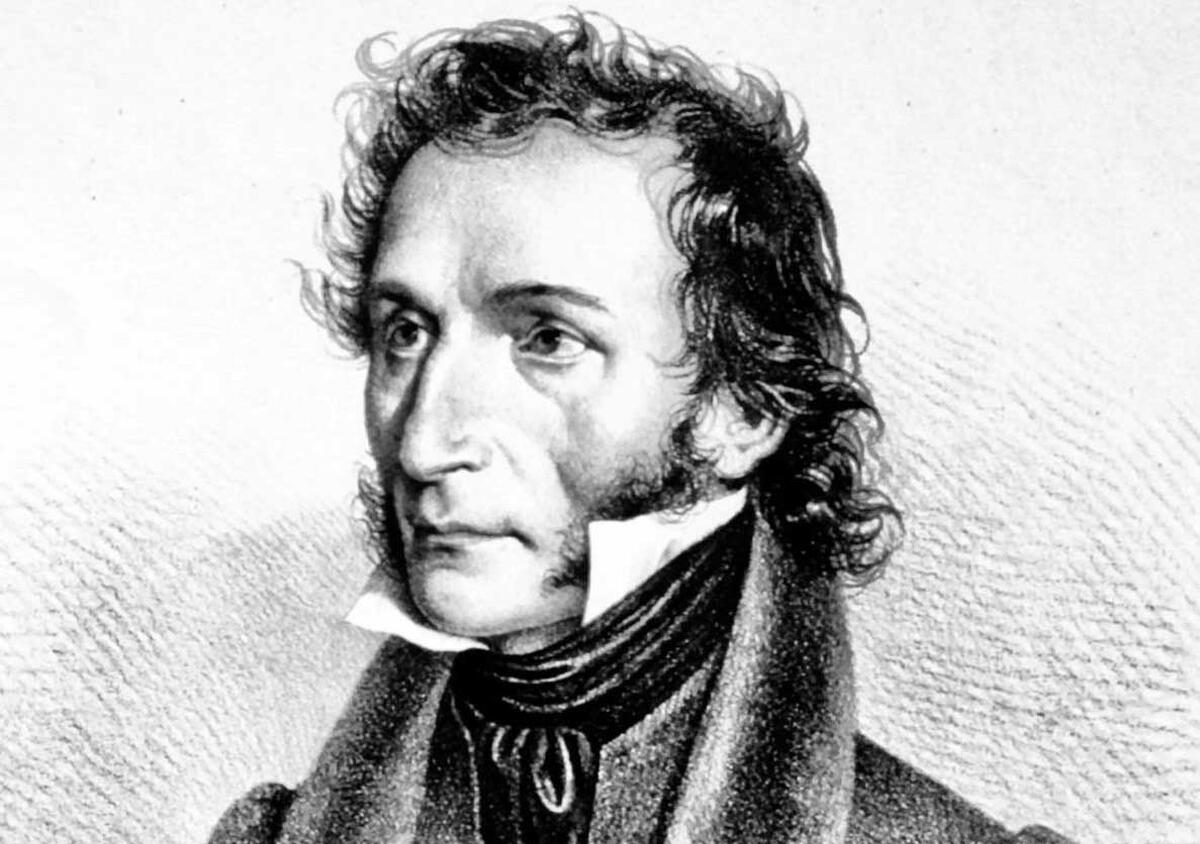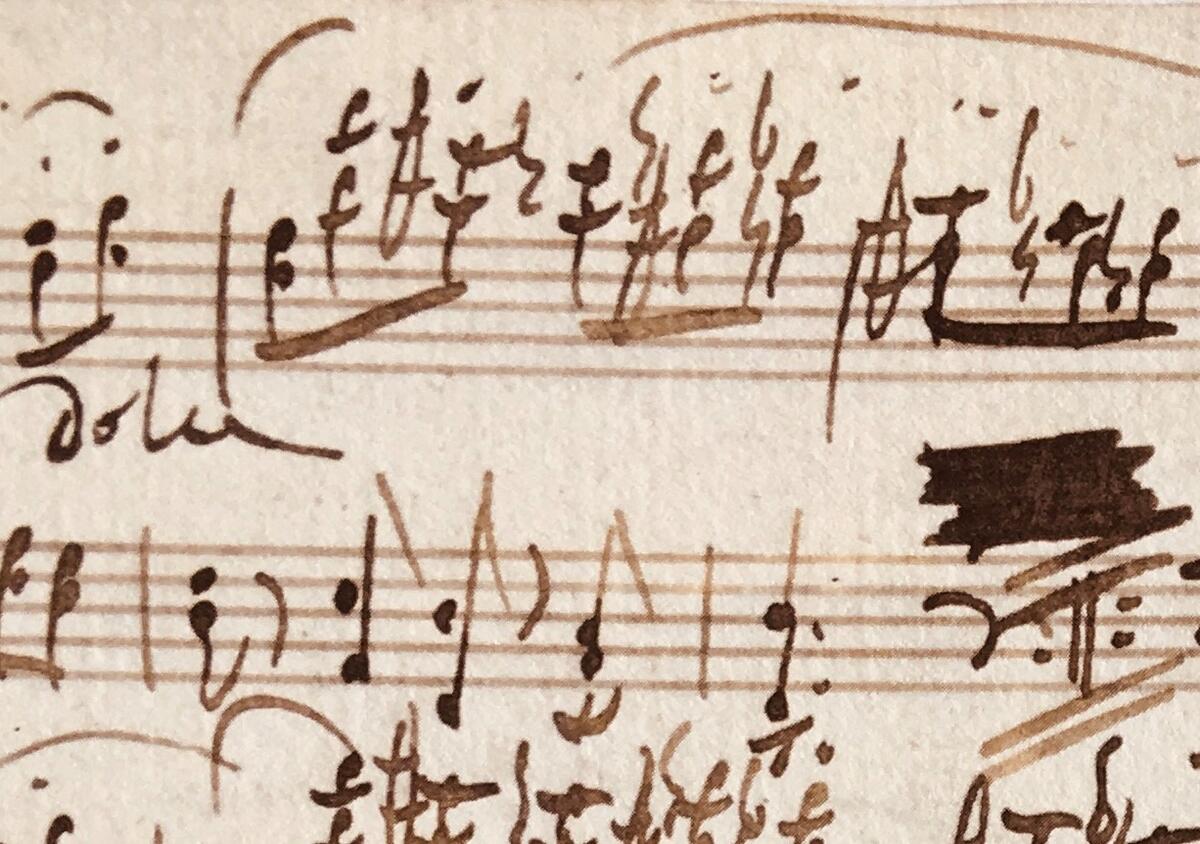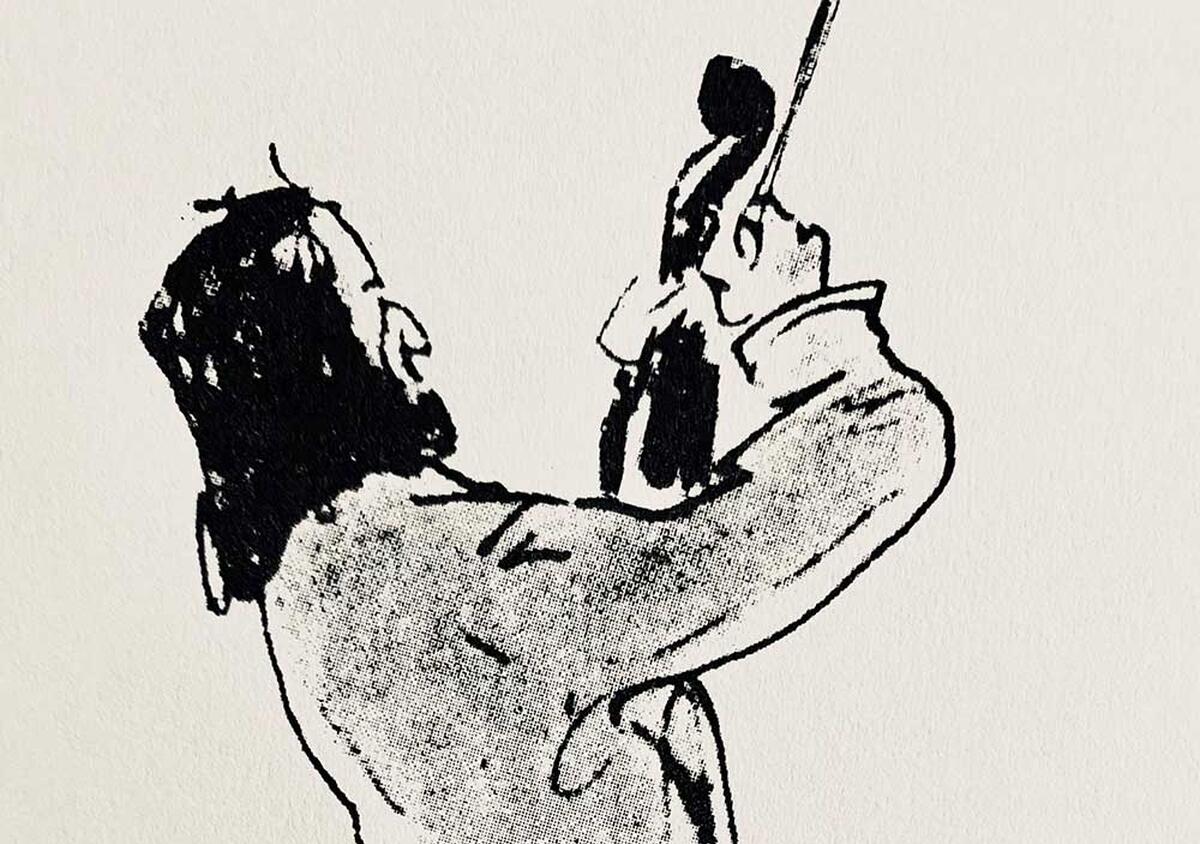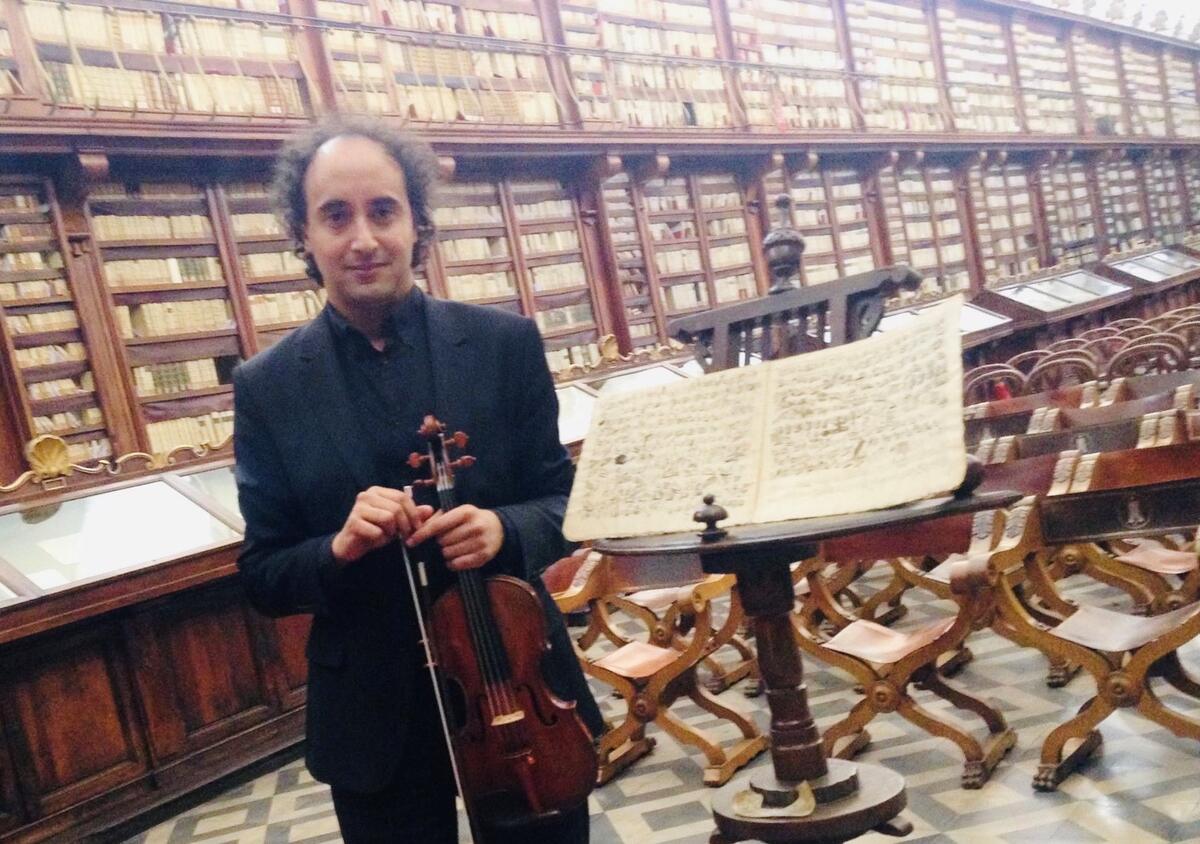The hidden method of Paganini: Bowings and Tempo
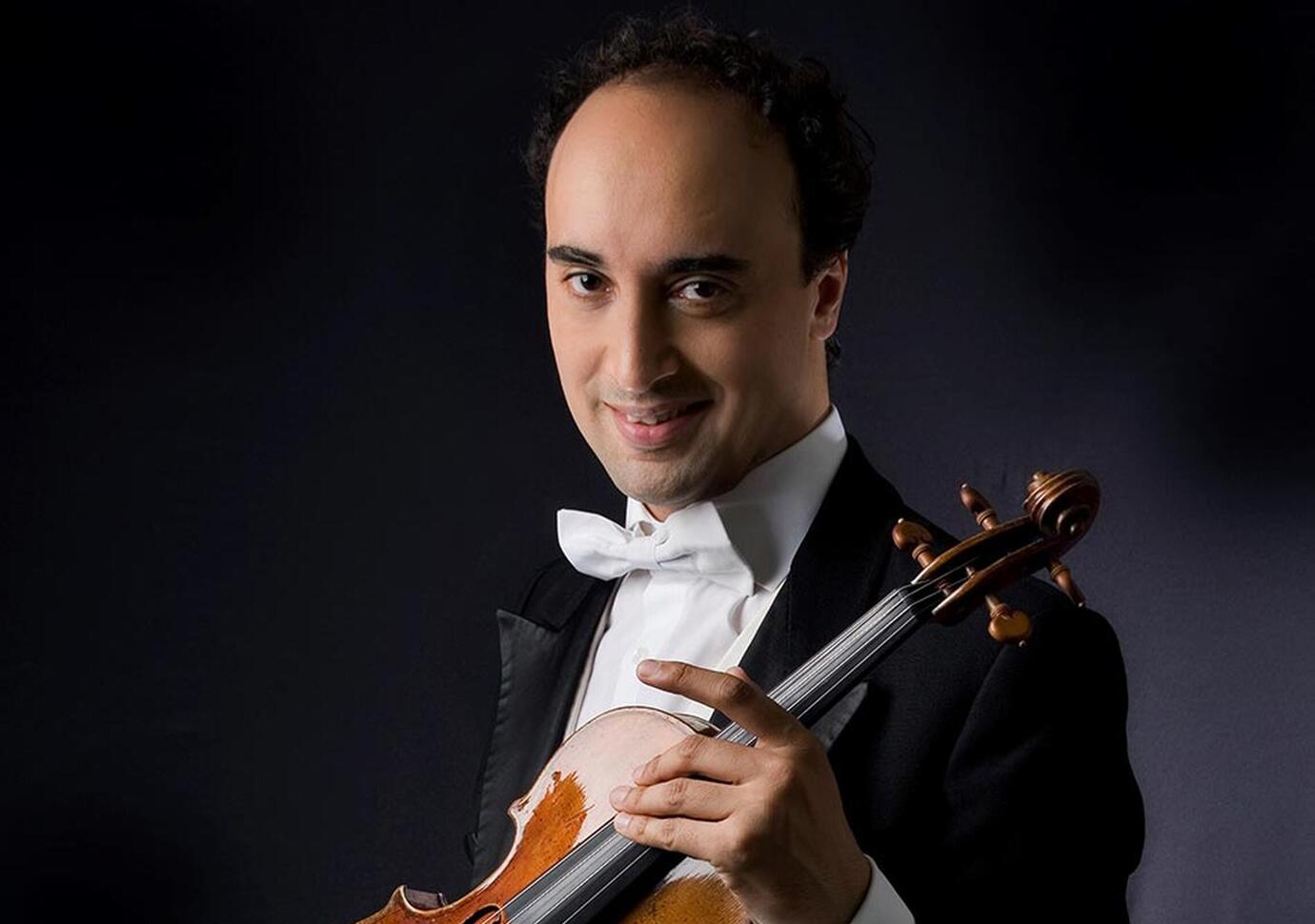
A blog by Paganini-expert and soloist Mario Hossen
Historical performance practice. Hardly anything in the field of music has sparked such ideology-laden and sometimes dogged discussions as this term. It describes nothing else than the attempt to make musical works sound like it was intended according to the "composer's intention", which methods of "historical musicology" must be used to research. Paganini developed his own innovative bowing technique and didn't concern for other schools' conventions. He studied and went to the sources of italian music, took and developed existing techniques, combining forgotten ones with his own visionary concepts. Paganini told to his biographer Schottky on the occasion of Maestro Giacomo Costa (his teacher): "It is with great pleasure that I resemble the concern of the good Costa, to whom I did not bring much pleasure, for his principles often seemed to me unnatural, and I did not agree to accept his method of leading the bow".
Paganini acknowledged the influence of Pietro Locatelli (1695-1764), claiming that the 24 capriccios of Locatell's "L'Arte del Violino", Op.3 (1733) "opened up to him a world of new ideas and devices that had never had the merited success owing to their excessive difficulty" (Courcy, Geraldine I.C. "Paganini the Genoese", vol. I, p.46)
Another two important violinists with the influence on Paganini are Antonio Lolli (1725-1802), whose Six Sonates, Op. 9 (1785) incorporate specific passages for the G String only, scordatura, harmonics and the August Duranowski (1770-1834), who inspired Paganini in his youth using artificial harmonics and left hand pizzicato. Paganini said that Duranowski's playing "revealed to him the secrets of everything one could do on a violin"
(Fetis, François-Joseph. Biographie universelle des musiciens et bibliographie générale de la musique, Bruxelles, Vol III (1836) p. 363)
Paganini - Original Bowings and Bow Strokes
The bowing is the means for attaining artistic articulation and, in virtuoso pieces, indispensable for varying a single phrase and idea in many ways. The precise execution of Paganini’s articulation - conscious sound production (right hand), bow speed, point of contact, weight on string - marks the only way for reaching a better understanding of the Belcanto-Style, so important for his compositions. Paganini was indeed a musician in the highest sense of the word and in his own, incomparable way. The main difference to other violinists lay mostly in the excessive use of especially difficult, sometimes entirely new techniques and the personal aura of a genius created on stage. Paganini’s playing made a very dramatic and varied impression. He was famous for his rapid tempos and for his great dynamic bandwidth ranging from an “breathed” flautando to a hall-filling fortissimo. Apart from the usual violin timbres he attained colors approaching nature sounds like birdsong, the nightingale or festive bell ringing. An especially typical sound effect was playing in harmonic double stops throughout sustained passages. The most important artificial harmonics for Paganini are the fifth-, fourth- and third-harmonics. Paganini was also a master in mixing bowed playing and left hand pizzicato – a technique he developed to utter perfection. Staccato playing is another extremely important means of expression in Paganini. His use of staccato marks is very precise. C. Guhr says that Paganini played "...full, clear arpeggios, using less than half of his bow for their execution.... or that Paganini played all staccato passages with the middle of the bow, rarely beginning with the tip in letting the bow dance on the strings with a rebound..."
Paganini held the bow close to his body and played mainly on the upper half of the bow. This explains also why he very often uses the downstroke for pickup beats and the upstroke for accents in his original bowings.
Wilhelm Speyer wrote to Louis Spohr (September 17, 1829):
"... The theme of the Adagio he began each time with the upbow, proof that he doesn't follow the traditional usage. In spite of his many thirty-second and sixty-fourth note embellishments, I have never in all my life heard anyone play so strictly in time."
Paganini Time-Keeping
“Time is the Soul of Music”
(Leopold Mozart, “Versuch einer gründlichen Violinschule” 1756)
As we know, tempo is affected by many factors, such as the acoustics of the hall, the particular instruments being used, and the personal feeling at the moment of performance. Very often the tempo indication implies not so much the speed but rather the mood, character and spirit of musical expression. The importance attached by Paganini to strict time-keeping is reflected in his tempo indications, ranging from the typical Lento, Andante, Moderato to the interesting tempo indications such as Posato, Amoroso, Maestoso, Marcato, Agitato, Minuetto alla Spagnola oder alla Marsigliese, Adagio seducemente, Corrente con motteggio. He excelled in the use of tempo rubato applied only by phrase. In view of Paganini’s original and highly imaginative performing style, his tempo precision was a very important element of surprise and affect. However, contemporary reports invariably mention Paganini’s rigorous time-keeping.
"… Even in the most difficult passages, he does not tamper with meter… Faithful to the most rigorous proportions, he never strays, and does nothing to upset the value of the meter. This law, which he observes intuitively, as it were, far from stuffing his verve, gives it poise and fresh vitality”.
(Imbert de Laphaleque 1830)
“… He possesses the greatest and most distinct execution in marking the unaccented subdivisions of the beat, in the most rapid tempo without altering the time…”
(C. Guhr, 1829)
Mixture of devilish and humorous traits, under the banner of an exuberant and imaginative virtuosity which, in its utterly atypical character, seems to recapture, paradoxically, the Baroque categories of wonder and awe.
Curiosity
Paganini developed two arts of playing- one informal music making with friends and other for public performance. Very often he enjoyed playing Quartets of Haydn, Mozart and Beethoven. Calling Paganini "charlatan" the critics forgot the fact that Paganini recognized the importance of Beethoven's Quartets while L. Spohr, that pillar of the academic German school, was among many who failed fully to appreciate them...
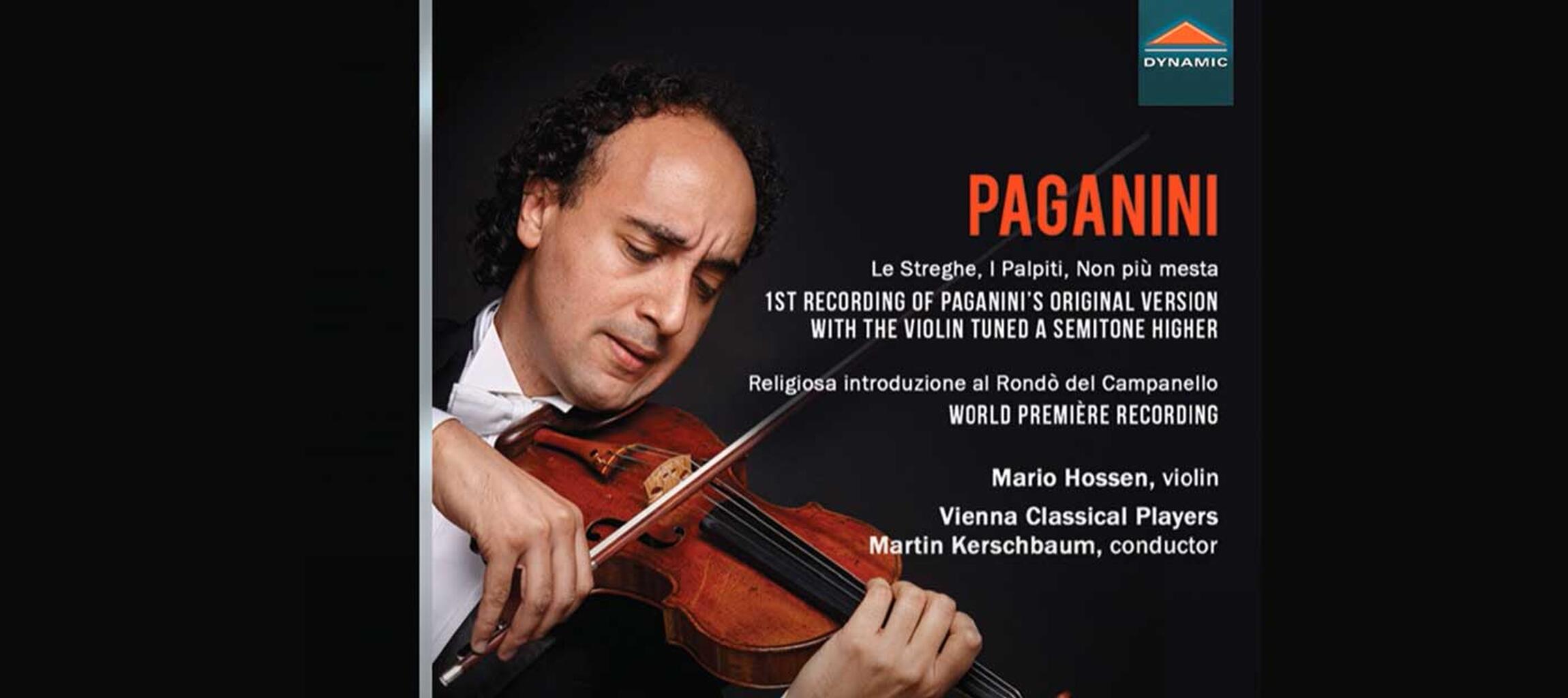
Audio: Paganini: "I Palpiti"
Pictures:
1. Pietro Locatelli 24 Capricci
2. Paganini Portrait
3. Paganini Caprice 13, downstroke for pickup beats
4. Paganini Tuning the violin
5. Casanatense Library in Rom
BACK

